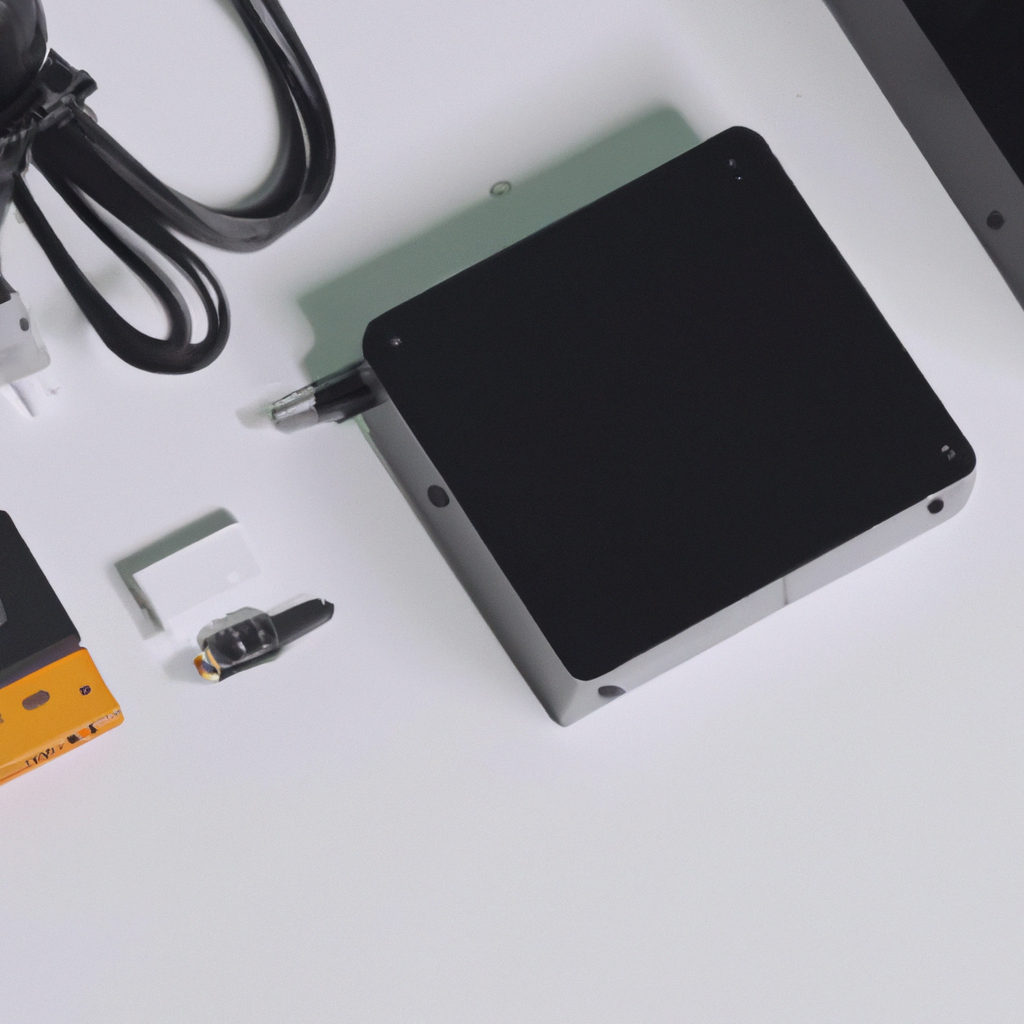A modem is an electronic device that enables digital communication, providing internet connectivity for networking. Modems transmit data by converting digital signals into analog signals that can be transmitted over telephone lines or cable networks. This article will explore how modems transmit data, providing a comprehensive understanding of the process.
Overview of Modems
Modems are essential devices that enable digital communication, providing internet connectivity for networking. A modem is an abbreviation for Modulator-Demodulator, a device that converts digital signals into analog signals and vice versa. The primary function of a modem is to modulate digital signals into analog signals that can be transmitted over telephone lines or cable networks. On the other hand, the modem demodulates analog signals received from the network into digital signals that can be processed by computers.
The process of transmitting data through a modem involves a series of steps that are essential in ensuring efficient and reliable communication. These steps include:
1. Data Encoding
Data encoding is the process of converting digital data into a format that can be transmitted over analog lines. The data is encoded using a technique known as Amplitude Shift Keying (ASK). ASK is a technique that involves changing the amplitude of the carrier signal to represent the digital data. The carrier signal is a high-frequency signal that is modulated to carry data.
2. Modulation
The next step involves the modulation of the carrier signal with the encoded data. The carrier signal is modulated using a technique known as Frequency Shift Keying (FSK). FSK is a technique that involves changing the frequency of the carrier signal to represent the encoded data. The modulated signal is then transmitted over the analog lines.
3. Demodulation
The demodulation process involves the reception of the modulated signal by the receiving modem. The modem demodulates the analog signal to extract the encoded data. The demodulation process involves the use of a technique known as Phase Shift Keying (PSK). PSK is a technique that involves changing the phase of the carrier signal to extract the encoded data.
4. Decoding
The final step is the decoding of the extracted data. The data is decoded into its original digital format, which can be processed by the computer.
Broadband Connectivity
Modems also play a critical role in providing broadband connectivity. Broadband connectivity refers to high-speed internet connectivity that enables the transmission of large amounts of data over the internet. Broadband connectivity is provided through a variety of technologies such as ADSL, cable modems, and fiber optics.
ADSL (Asymmetric Digital Subscriber Line) is a technology that enables the transmission of data over telephone lines. ADSL modems use frequency division multiplexing (FDM) to separate voice and data signals. The voice signals are transmitted over the lower frequencies while the data signals are transmitted over the higher frequencies.
Cable modems, on the other hand, use the cable television network to provide internet connectivity. Cable modems use a technique known as Quadrature Amplitude Modulation (QAM) to transmit data over the cable network. QAM is a technique that involves changing the amplitude and phase of the carrier signal to represent the digital data.
Fiber optics is a technology that uses optical fibers to transmit data over long distances. Fiber optic modems use a technique known as Pulse Amplitude Modulation (PAM) to transmit data over the optical fibers. PAM is a technique that involves changing the amplitude of the pulse to represent the digital data.
Conclusion
In conclusion, modems play a critical role in enabling digital communication, providing internet connectivity for networking. Modems transmit data by converting digital signals into analog signals that can be transmitted over telephone lines or cable networks. The process of transmitting data through a modem involves data encoding, modulation, demodulation, and decoding. Broadband connectivity is provided through a variety of technologies such as ADSL, cable modems, and fiber optics. Understanding the process of data transmission through a modem is essential in ensuring efficient and reliable communication.







